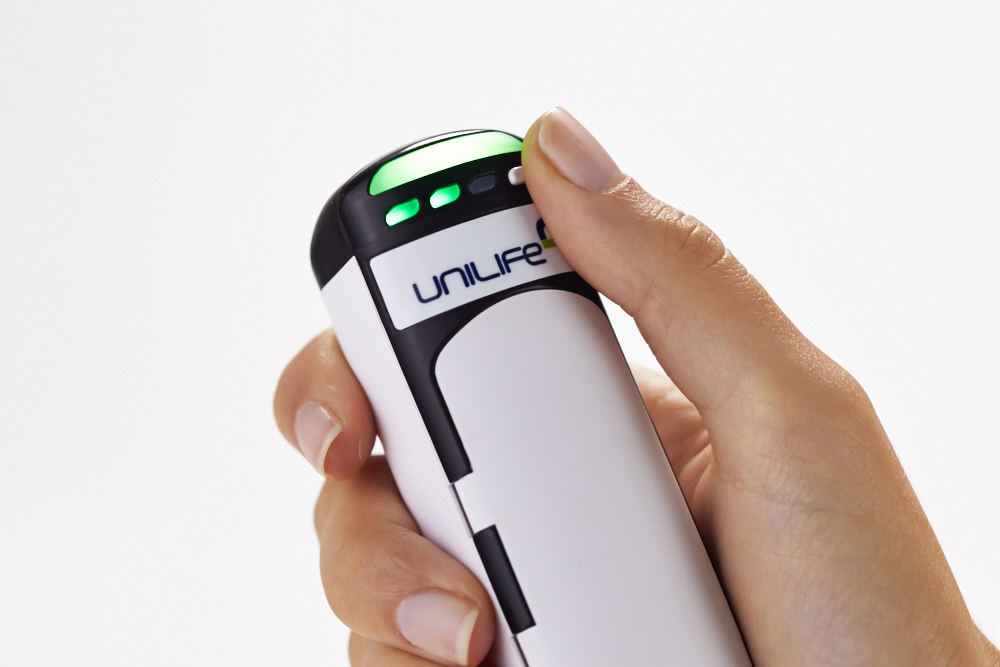Delivering Value From Drug-Device Strategic Partnerships
By: Alan Shortall, Chairman and CEO of Unilife
The formation of a strategic alliance this week between Sanofi and Medtronic to enhance the provision of diabetes care highlights a growing trend towards the establishment of long-term collaborations between drug and device manufacturers.
Traditionally, pharmaceutical companies viewed device manufacturers within the parameters of a normal supplier relationship, where multiple vendors would provide standard commodity components for filling and packaging with small molecule drugs.
This one-size-fits-all model for devices offered multiple benefits to pharmaceutical companies including competitive pricing, quality assurance and risk mitigation. However, this rigid structure also restricted their ability to customize a device to address specific drug and patient requirements. It also prevented them from using a device to differentiate their products from brand, biosimilar or generic competition.
A series of converging market trends including the rise of biologics, the shift to patient self-injection and growing interest in smart or wearable technologies is now giving rise to a new industry model where drug and device manufacturers are aligning their respective strengths in order to enable, enhance and differentiate injectable therapies.
The complexity of biologics has increased pharmaceutical demand for devices with the flexibility to address the needs of a therapy and its target patient population. Basic examples of how customized devices can enhance delivery of a target biologic include specialized elastomer coatings for optimal drug compatibility, and ergonomic finger flanges for use by patient populations with reduced dexterity.
To reduce healthcare costs, improve therapy compliance rates and enhance quality of life, injectable drugs are increasingly being self-administered by patients outside of healthcare facilities. The FDA and other regulatory bodies are placing a high priority on reviewing human factors prior to the approval of drug-device combination products to facilitate safe and intuitive use amongst the target patient population.
When all other things are largely equivalent between competing drugs in a therapeutic area, a patient is far more likely to be prescribed the brand that is most convenient and easy to self-administer. To optimize rates of patient, physician and payer preference, pharmaceutical companies also recognize that device-related factors such as an ergonomic size, user-friendly features and minimal steps of use can be leveraged to differentiate their brand against the competition to build or protect market share.
Drug marketing campaigns highlighting the superiority of an insulin pen or pump technology for a person with diabetes demonstrates how devices can become a key brand differentiator within competitive therapeutic markets. A similar emphasis on devices in the brand marketing of injectable therapies can be expected in a multitude of other chronic disease areas over the coming years.
Just as pharmaceutical companies must demonstrate how an injectable therapy can deliver better outcomes than the competition, device manufacturers are now expected to do the same. While devices will always need to be competitively priced, device manufacturers will increasingly be selected by pharmaceutical companies for long-term collaborations based upon the potential of their technology to save time, save money and create value.
Patients are not only becoming more brand-aware and influential in what brand of therapy their physician prescribes, but they are also becoming more technology savvy. Accelerating rates of patient acceptance for smart phones, smart watches and other technologies represents a compelling opportunity for pharmaceutical companies to build long-term brand relationships with a patient and their prescriber. Over the coming decade, a series of drug launches is expected to occur that will capitalize upon devices with smart or wearable technologies.

The LISA™ auto-injector, a smart reusable system that allows users to select the
speed of injection and enables needle-free disposal of the used syringe.
One example could a patient with multiple sclerosis to inject a weekly dose of their drug with a smart reusable auto-injector featuring Bluetooth capability. The patient would receive a reminder on their smart-phone app that it’s time for an injection. They would load a prefilled syringe into the auto-injector, select their preferred speed of injection and simply push a button to administer the dose. Instantly, the auto-injector sends a message via Bluetooth to the physician, insurance company or pharmaceutical company that the patient has successfully complied with their therapy regimen.
In another scenario, a person with cancer no longer has to spend several hours in a specialty care clinic receiving a drug via IV infusion, but instead can conveniently self-inject utilizing a wearable, disposable device over several minutes or hours while at home, work, gym or the café. Such patient-centric device technologies represent a significant opportunity to redefine the provision of care and save billions of dollars in healthcare costs.
With devices becoming more integral to the regulatory approval and lifecycle management of injectable therapies, long-term collaborations between drug and device manufacturers will become the status quo over the coming decade. In parallel, rigid commodity devices will become largely redundant.
To fully serve pharmaceutical companies during the clinical development and lifecycle management of portfolios of injectable therapies, device manufacturers must embrace a customer-centric, patient-centric and outcomes-focused business model. They must have the expertise, capabilities, business structure, and quality systems to minimize risk and maximize options for their customers during the clinical development and lifecycle management of target therapies. And they must have the broad portfolio of innovative product platforms that fit within a standard fill-finish footprint, utilize well understood materials within the primary container, and allows each device to be customized to specific customer, drug and patient needs.
Having firmly established a reputation to innovate without risk to address customer needs, Unilife is one device manufacturer that is well positioned to continue building long-term value-adding strategic partnerships with a range of pharmaceutical and biotechnology companies. For a list of ten ways that Unilife can create value for pharmaceutical companies, please visit the Unilife Website.
Total Page Views: 1967










